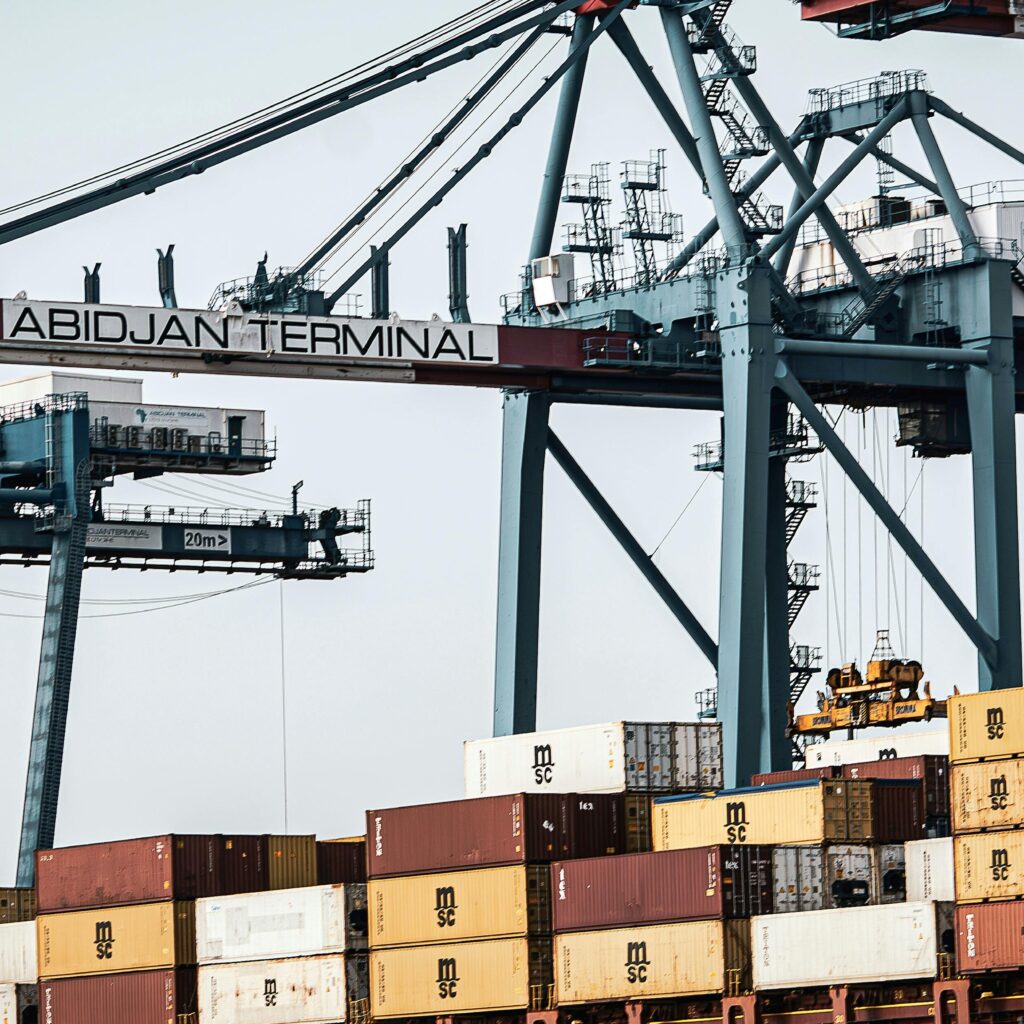A fleet is a group of Vehicles, Ships or Aircraft that are owned, operated, or managed by a single entity, such as a company, government, or organization. Fleets are often used for transportation, logistics, or other business purposes.
A well-managed fleet is essential for businesses that rely on vehicles to transport goods or services. By implementing effective fleet management strategies, you can improve efficiency, reduce costs, and enhance overall operations. Fleet management is a critical aspect of many businesses, from transportation companies to delivery services and construction firms. By effectively managing their fleets, organizations can improve operational efficiency, reduce costs, and enhance customer satisfaction.

Types of Fleet
There are several types of fleet, classified on the vehicle type, purpose or industry being used, here are some types of fleets;
- Passenger Fleets: Passenger fleets are vehicles used for the transportation of people, for instance;
- Taxi fleet
- Ride-hailing fleets (uber, lyft )
- Shuttle fleet (airport, hotel)
- Bus fleet
- Commercial fleets: Commercial fleets are vehicles used for business purposes, for instance;
- Delivery fleet (parcel, food, package)
- Sales fleet (company cars, sales van )
- Specialty fleet: Specialty fleets are vehicles used for a specific purposes, for instance;
- Racing
- Recreational fleet (motorhomes)
- Historic fleets (vintage cars, antique trucks)
- Emergency fleets: Emergency fleets are vehicles used for emergency response, for instance;
- Police fleet
- Fire fleet ( fire trucks, ambulances)
- Industrial fleets: Industrial fleets are vehicles used in various industrial settings, for instance;
- Construction fleet (trucks, cranes, excavators)
- Mining fleet (heavy equipment, haul trucks)
- Agricultural fleet (tractors, combines, farm trucks)
Fleet Maintenance
Fleet maintenance: Fleet maintenance is the systematic process of ensuring that your company’s vehicles are in optimal condition for safe and efficient operation. It’s more than just routine checks; it’s a strategic approach to maximizing vehicle lifespan, minimizing downtime, and controlling costs.
Importance of Fleet Maintenance
- Safety: Well-maintained vehicles reduce the risk of accidents, protecting drivers and other road users.
- Reliability: Regular servicing prevents breakdowns, ensuring vehicles are always ready for duty.
- Asset Value: Proper care increases the resale value of your fleet.
- Cost-efficiency: Preventive maintenance catches issues early, preventing costly repairs and maximizing fuel efficiency.
Fleet Maintenance Best Practices
Some of the best practices you need to apply in fleet maintenance is as follows;
- Monitor Key Performance Indicators: Track maintenance costs, downtime, fuel consumption, and other metrics to measure performance.
- Choose Quality Parts and Service Providers: Invest in reliable components and skilled technicians.
- Train Your Drivers: Educate drivers about the importance of vehicle care and reporting issues promptly.
- Utilize Fleet Management Software: Streamline maintenance scheduling, record keeping, and reporting.
- Develop a Comprehensive Maintenance Plan: Tailor a plan to your specific fleet and vehicle types.
Fleet Management and Optimization
Fleet management and optimization go hand-in-hand. This is a broad process of overseeing and controlling a group of commercial vehicles, while optimization focuses on using data and technology to improve efficiency, reduce costs, and achieve specific goals within that fleet management system.

By staying ahead of these trends and utilizing technology effectively, businesses can leverage fleet management also optimization to gain a significant competitive advantage.
Fleet Management (The Foundation)
- Core Activities: Fleet management covers the entire lifecycle of vehicles, including acquisition (purchase/lease), maintenance scheduling, driver management, fuel management, and ensuring regulatory compliance.
- Data Collection: Telematics systems and various tracking tools gather data on vehicle location, performance, driver behavior, and fuel consumption.
Optimization(Taking it to the Next Level)
- Leveraging Data: Optimization utilizes the data collected through fleet management to make informed decisions and identify areas for improvement.
- Technology Integration: Fleet management software integrates with telematics data to provide insights and automate tasks. For example, software can;
- Optimize Routes: Plan efficient routes that minimize travel time, distance, and fuel consumption.
- Predict Maintenance Needs: Analyze data to predict potential equipment failures and schedule preventive maintenance, preventing costly breakdowns.
- Monitor Driver Behavior: Track driver performance to identify areas for improvement like speeding or harsh braking, promoting safer driving habits.
- Reduce Fuel Costs: Track fuel efficiency and suggest strategies like route adjustments or fuel-efficient driving techniques.
Benefits of Combined Approach
- Reduced Operational Costs: Optimizing routes and driver behavior leads to significant savings on fuel, maintenance, and vehicle wear-and-tear
- Improved Efficiency: Data-driven decision-making and automation streamline processes, leading to faster completion times for deliveries or services.
- Enhanced Safety: Monitoring driver behavior and proactive maintenance reduce accidents also ensure drivers are well-rested and following safety protocols.
- Increased Productivity: By optimizing tasks and reducing downtime, fleets can achieve more with the same resources.
- Data-Driven Decisions: Insights from data analysis help fleet managers make informed strategic decisions about vehicle acquisition, resource allocation, and overall fleet operations.
Driver Safety
Driver safety is paramount for everyone on the road. It involves a combination of responsible behavior, vehicle maintenance, and road awareness. There is practice of be taken precautionary to prevent accidents and injuries while driving.
Every time you get behind the wheel, you have a responsibility to ensure your own safety and the safety of others on the road. Driver safety is more than just following the rules; it’s about adopting a cautious and responsible mindset.
Some factors for driver safety includes
- Driver Focus and Attention
- Minimize distractions: Avoid using phones, eating, or engaging in other activities while driving.
- Maintain situational awareness: Be constantly aware of your surroundings, including other vehicles, pedestrians, and road conditions.
- Vehicle Condition
- Regular maintenance: Ensure your vehicle is in good working order, including brakes, tires, lights, and engine.
- Safety features: Utilize advanced safety technologies such as anti-lock brakes, electronic stability control, and airbags.
- Road Conditions and Environment
- Weather awareness: Adjust driving speed and techniques based on weather conditions (rain, snow, fog, etc.).
- Road hazards: Be cautious of potholes, construction zones, and wildlife.
- Driving Behavior
- Speed control: Adhere to posted speed limits and adjust speed based on road conditions.
- Defensive driving: Anticipate the actions of other drivers and maintain a safe following distance.
- Driver Fitness
- Impairment avoidance: Refrain from driving under the influence of alcohol or drugs.
- Sufficient rest: Ensure you are well-rested before driving long distances.


Add a Comment